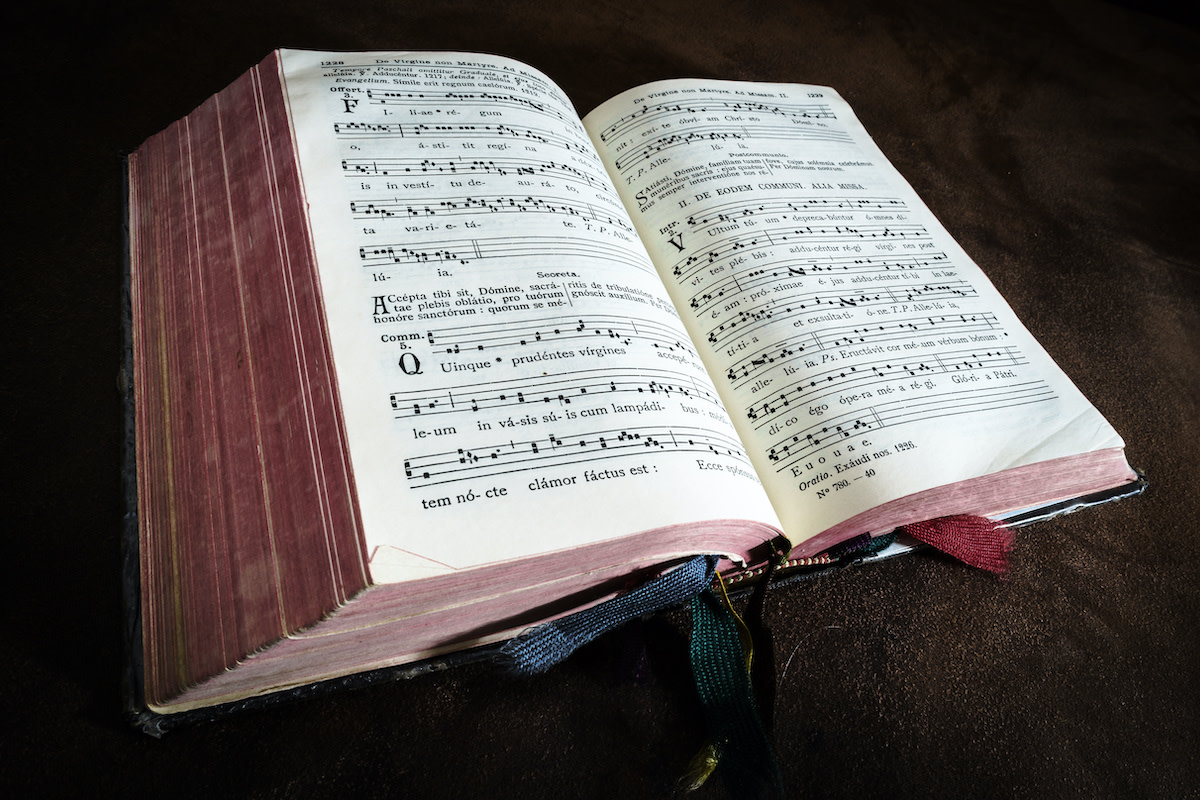Motet Origins and Composers: A Brief History of the Motet
Written by MasterClass
Last updated: Oct 21, 2021 • 4 min read
The motet represents one of the earliest forms of polyphonic choral composition in Western music. From the Medieval motet of the Middle Ages to avant-garde contemporary motets, the form has been a hallmark of classical music.
Learn From the Best
What Is a Motet?
A motet is a piece of polyphonic choral music commonly associated with the Renaissance period of classical music. The form emerged in the Medieval period as an early form of vocal polyphony. It grew in prominence in the Renaissance period, when it became a key form of sacred vocal music (while the madrigal served a similar role in secular music).
The word “motet” comes from the French “mot,” which means "word.” The earliest motets were performed a cappella, but they later gained instrumental accompaniment. From the start, however, the motet's defining characteristic was multi-voice polyphony. This distinguished it from earlier, simpler forms of choral music, where all singers sang the same note.
A Brief History of the Motet
The motet has notably evolved from its origins in the Middle Ages.
- Medieval motets: The motet first emerged in the thirteenth century as a mostly secular form, likely as an offshoot of what music historians call the Notre Dame school of composition. They likely derived from the clausula section of plainchant organums, an early form of a cappella vocal polyphony. Medieval secular motets were performed in different local languages over an isorhythmic cantus firmus (a fixed, preexisting melody). Typically the cantus firmus came from older Gregorian chants and was sung in Latin. Notable motet composers of this period include the French Philippe de Vitry and Guillaume de Machaut.
- Renaissance motets: As Medieval motets gave way to Renaissance motets, they increasingly featured lyrics drawn from sacred texts. Instead of a Gregorian cantus firmus, Renaissance composers use antiphons (Latin text drawn from Christian liturgy). In many ways, the Renaissance motet became sacred music's answer to the madrigal, which was a popular form of polyphonic vocal music. Key Renaissance motet composers include Giovanni Pierluigi da Palestrina (an Italian of the Roman School of compositional technique), Josquin des Prez (a Frenchman of the Franco-Flemish School), Thomas Tallis (an Englishman), and Giovanni Gabrieli (an Italian of the Venetian School).
- Baroque motets: The motet did not play the same prominent role in the Baroque era as it did in the Renaissance era, but several composers did embrace it. Most notably among these was J.S. Bach, who used sacred text in German and basso continuo for instrumental accompaniment. As with all of his works, Bach used the motet to display leading-edge techniques in contrapuntal compositions.
- The Classical era and beyond: The motet has endured through the present day, although composers now enjoy many other polyphonic vocal forms to work from. Mozart composed a Classical-era motet, Ave verum corpus (K. 618), and nineteenth-century composers like Brahms, Bruckner, and Elgar also made use of the form. Avant-garde interpretations of the motet have periodically emerged in twentieth and twenty-first-century classical music.
5 Notable Motet Composers
Several composers played key roles in shaping the motet as we know it.
- 1. Guillaume de Machaut (1300–1377): French composer Guillaume de Machaut was a key figure of the late Medieval era. He wrote many styles of music, but his catalog of surviving motets stands out among his contemporaries. Machaut's motets came from secular texts; nearly all dealt with courtly love.
- 2. Guillaume Dufay (1397–1474): Music historians consider Guillaume Dufay a transitional figure between Medieval motets and Renaissance motets. He used an isorhythmic cantus firmus, which was a mainstay of the Medieval motet but was later abandoned by High Renaissance composers like Josquin and Palestrina. His 1436 composition, Nuper rosarum flores, exemplifies his transitional style.
- 3. Josquin des Prez (1455–1521): Hailing from the Franco-Flemish School, the French composer Josquin des Prez is hailed as a master of Renaissance-era polyphonic music, and the motet was one of his most used forms. Among other accomplishments, he helped develop a hybrid version of the motet called a motet-chanson, a four- to five-voice composition that drew from the music of troubadours.
- 4. Giovanni Pierluigi da Palestrina (1525–1594): The Italian master Palestrina was renowned for setting the poetry of Petrarch to music. Palestrina's signature polyphonic style put consonant chords on strong beats (usually beats one and three of a 4/4 measure) and dissonant chords on weak beats (usually beats two and four of a 4/4 measure). This technique remains popular to this day.
- 5. J.S. Bach (1685–1750): Johann Sebastian Bach made several changes to the motet for the Baroque era. Most notably, he used basso continuo for the motet's instrumental accompaniment. Basso continuo involves figured bass notation and various bass-range instruments, plus at least one chordal instrument. As was standard for his vocal music, Bach used German lyrics (adopted from sacred texts) and meticulous counterpoint among the voices.
Want to Learn More About Music?
Become a better musician with the MasterClass Annual Membership. Gain access to exclusive video lessons taught by the world’s best, including Itzhak Perlman, St. Vincent, Sheila E., Timbaland, Herbie Hancock, Tom Morello, and more.
